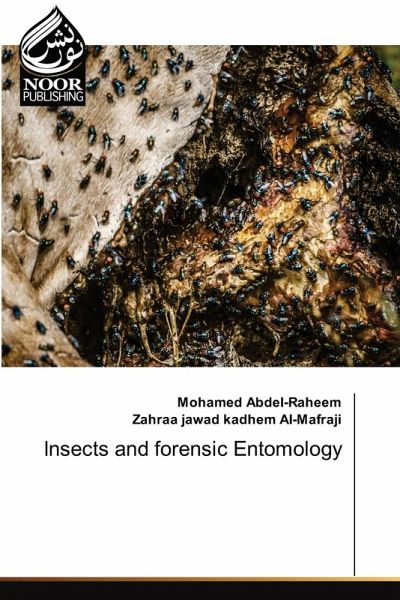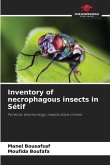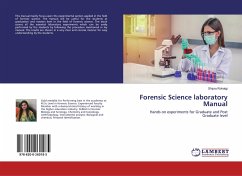Forensics is a hot topic, and many youth have seen forensic entomology practiced in movies and on popular television shows (such as "CSI") as a way to solve crimes such as murder cases, a murder case is something that consistently piques the interest of youth.Is the science that applies Insect Biology in criminal investigations, where insects and other arthropods are used to detect the circumstances of criminal cases? . It is noteworthy that the first use of insects in criminal investigations was in China in 1235, when the mystery of the case of the killing of Chinese farmers was exposed by a deep blow to the village, the village leader asked the farmers to bring their wagons, and put them on the ground, and do not work any movement, The flies collected on one of these machetes and revealed the killer; because of the traces of blood and flesh on his sickle which he used for the crime, despite his diligence in cleaning it to hide his crime; flies attracted to the smell.This incident was first published in China in 1247 in the book The Washing Way of Life, written by the lawyer and interrogator Sung Tz'u.
Bitte wählen Sie Ihr Anliegen aus.
Rechnungen
Retourenschein anfordern
Bestellstatus
Storno








